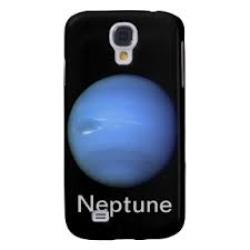
Published date
19 September 1849
On 19 September 1849, The Neptune entered and anchored in Simon's Bay (now Simonstown) in the Cape, after being met with a furious city population in Table Bay.
In February 1849, The Neptune had set sail from England, with 300 convicts aboard, en route to Bermuda. This convict ship was destined for the Cape, where Lord Grey intended to establish a penal colony for 'ticket-of-leave' prisoners, as was the case in Van Diemen's Land (Tasmania) and Australia. Many of these convicts were Irish political offenders.
However, the residents of the Cape were outraged at this proposal, and a resistance movement called the Anti-Convict Committee was established, with prominent businessmen such as John Fairburn and JB Ebden as leaders, with influence reaching up to the British Parliament.
This resistance movement eventually succeeded when millionaire Charles Bowery Adderley defended the right of the Cape residents, and the motion not to declare the Cape a penal colony was passed. Adderley Street in Cape Town was later named in his honour, after The Neptune was sent on to Van Diemen's Land.
*Some sources state 286 as the number of convicts on board.
References
Morton Ken (1993) In Neptune's Wake Chapter 1: 'The Irish Rebels', [online] Available at: www.waanyarra.com [Accessed 14 September 2010]|
Wallis, F. (2000) Nuusdagboek: feite en fratse oor 1000 jaar, Kaapstad: Human & Rousseau|Webster Roger (2010), 'How Adderley Street was named' , from the Times Live, 17 June, [online] Available at: www.timeslive.co.za [Accessed 17 September 2013]